
The world is buzzing with small businesses. So, to stand out among the competition and grab more customers, you need to adopt a strong advertising and marketing strategy. With advertisements, you can attract prospects and ultimately make a profit. However, advertising involves more than simply putting your brand’s name on a graphic.
Advertising can be challenging for a small business with a small budget. However, there is a lot that you can do to make your advertising and customer base strong. With the popularity of digital marketing, it has become easier for business owners to build a presence and reach out to the target customers.
The first focus should be to secure your customer base when building a business. For this, you need to pay attention to how well you are marketing it. One of the smartest things you can do is to take your time to come up with an advertising plan. It outlines how you can reach out to your ideal customers by using the advertising strategy.
If you have a small budget but want to have strong advertising, here are some practical and best advertising tips for you to use.
The 9 Best Advertising Tips for Your Small-Scale Business
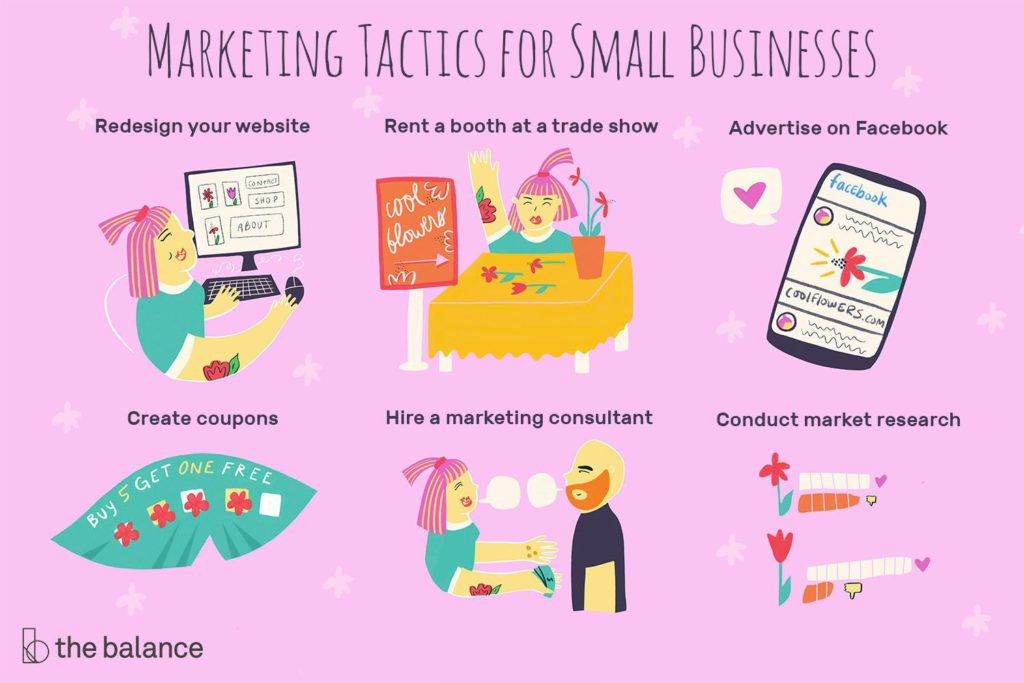
Advertising and marketing are meant to increase brand awareness, and that is precisely what these advertisement tips will help you achieve. So, let’s get on with it.
1. Know your audience
When creating an advertising plan, you first need to identify your audience.
Here are a few questions you need to ask yourself:
- Who is my target audience?
- What does my target audience do?
- How to help my target audience with what they need?
A buyer persona plays a significant role in defining your potential audience’s responsibilities or interests. Once you create a proper buyer persona, you will have a direction and target. You can use this persona to divide your list better and customize the marketing message.
Many small business owners make the mistake of assuming that everyone is their buyer. A large company can afford to appeal to a larger market, but the real deal lies in the niches. You have the maximum leverage as a small business in a niche, and you can appeal to the buyers within the niche—thereby targeting a smaller, more focused audience.
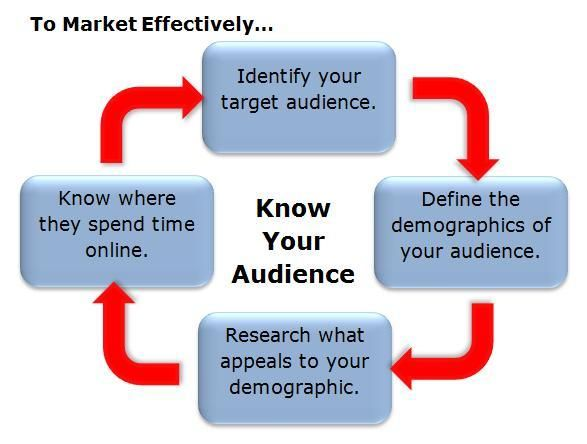
Get to know what is pushing your target audience to make the purchasing decision, and if they succeed, what would it really look like? When you know this, you will easily be able to craft a compelling message for your advertisement.
2. Use Google My Business to reach out to local customers
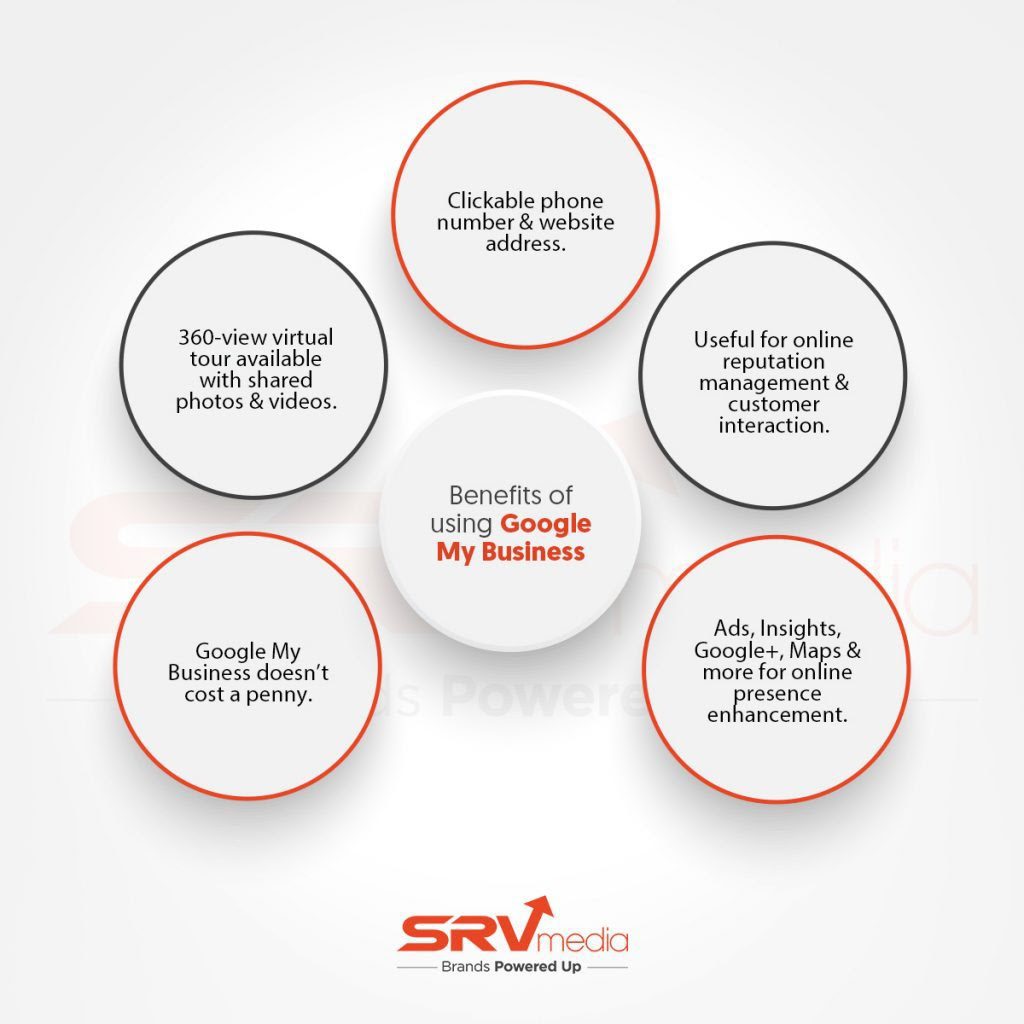
Google My Business is a free advertising tool. It can be of great help if you want your local customers to find you. Your Google Business Profile shows how the business appears on Google Search or Google Maps. So, more customers in the locality will discover your business.
However, that is not the only way Google My Business can help you secure more local customers. Use a Q&A feature of the Google Business Profile to highlight the crucial aspects of your business. It boosts your customer’s confidence.
You can also post events, promotions, products, and photos to your business profile to encourage your customers to do business with you.
If you are using Google My Business, it will give you a chance to gather reviews and respond to them on Google. It is a powerful localized marketing technique.
3. Use social media

Whether it is YouTube, Facebook, or Instagram, your business requires a social media presence. An active social media presence will let your customers know about your business. Not only is it an effective strategy, but also affordable.
So, you have to make sure your business is available online through social media sites. You can maintain your presence on one or many platforms depending on your business type and requirement.
After creating your business profile on social media, make sure that you check and analyze the profile regularly. Most of these social media platforms allow you to advertise for free. The algorithms of the social media platforms target the audience in the business circle. Thus, social media helps in building an online presence and reaching out to your customers.
The e-commerce market has grown exponentially with online businesses such as Facebook, Amazon, or Google in the last few years. Almost every e-commerce business these days has a strong social media presence.
Through social media sites, you can:
- Promote the blog posts that will bring more traffic to your site.
- Talk to your followers directly to express your brand’s voice and gather a larger audience.
- Take out portions from long content and create a small informational post that customers can easily understand.
- Run polls and ask for feedback.
Regardless of your motivation, you have to ensure you are active on the social media accounts you are creating. Think about community, consistency, and commitment.
4. Build an SEO-friendly website
When you have just launched a business, the first thing it needs in this digitally-driven world is an SEO-friendly website. If you have already built a business optimized for the search engines, you have already made it through the first roadblock.
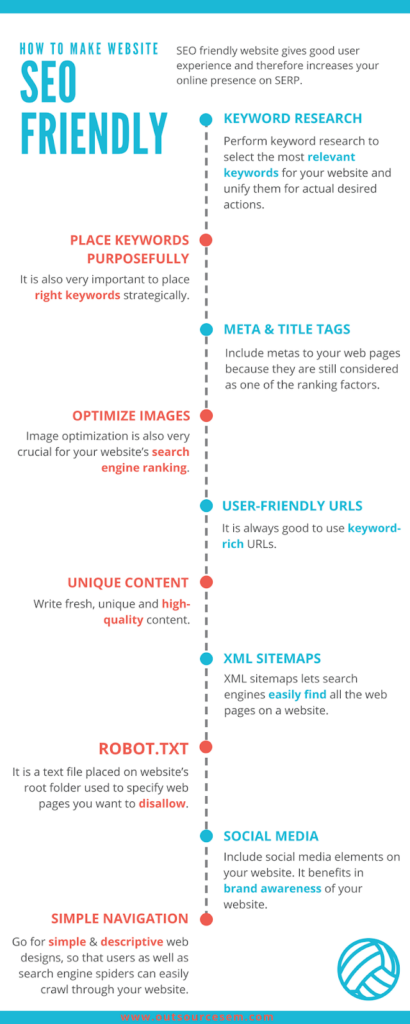
Your priority should be to get organic traffic to your website. But before you develop your SEO-friendly website, here are a few things to consider.
- Develop good-quality content on the most popular topics in your genre.
- Perform keyword research before creating the website content.
- Use the primary keyword in all website titles, landing pages, etc.
- Focus on long-tail keywords and local SEO.
- To rank better in the search engine ranking pages, use structured data for the web pages.
- Consider the technical aspects of SEO, such as website design or website load speed.
Building an SEO-friendly website means taking care of various aspects. But the right creative strategy in advertising and website development will help you get started.

5. Stay focused on your objectives and goals
If you are exploring the marketing world, you might have already noticed that there are innumerable directions you can take. Sure, you might be tempted to go all out and use every marketing tool you can. Using all tactics and crafting a strong marketing plan to cover your entire business might be too much for you to handle.
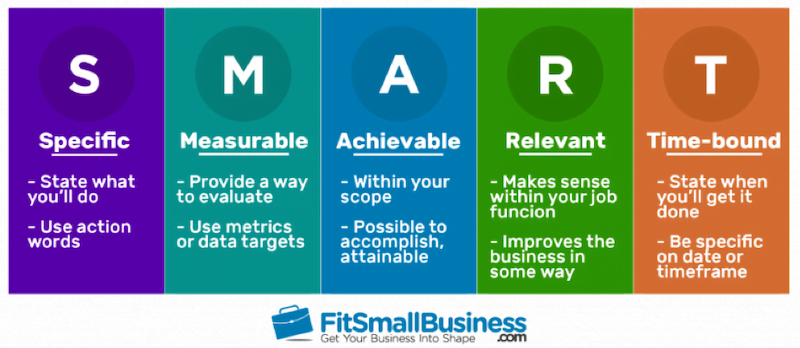
Rather than using every tactic in the book, you need to find the most effective advertising technique that will have the most significant impact. Find out the biggest blind spot in the marketing plan that is restricting your growth. Set a performance goal around that area and emphasize the tactics and resources that will help achieve the performance goal.
After that, you can work to expand your marketing efforts and pivot to other techniques when you have made progress on that one objective or goal.
6. Focus on content marketing
Many marketers believe that content marketing has a significant commercial impact on the business. With content marketing, marketers create and distribute relevant, valuable, and consistent content to attract and retain a clearly-defined audience and initiate customer action that can be profitable.
Content can drive long-term results, unlike paid advertisements. Initially, the payoff might be low, but sustainable and long-term growth in leads and customers can improve profits. But it is not easy to handle content marketing. Everything has to be done right.
A few things that you need to pay attention to include
- Relevant topics
- Quality content
- Optimized content for SEO and readers
- Consistent content creation
- Adequate promotion
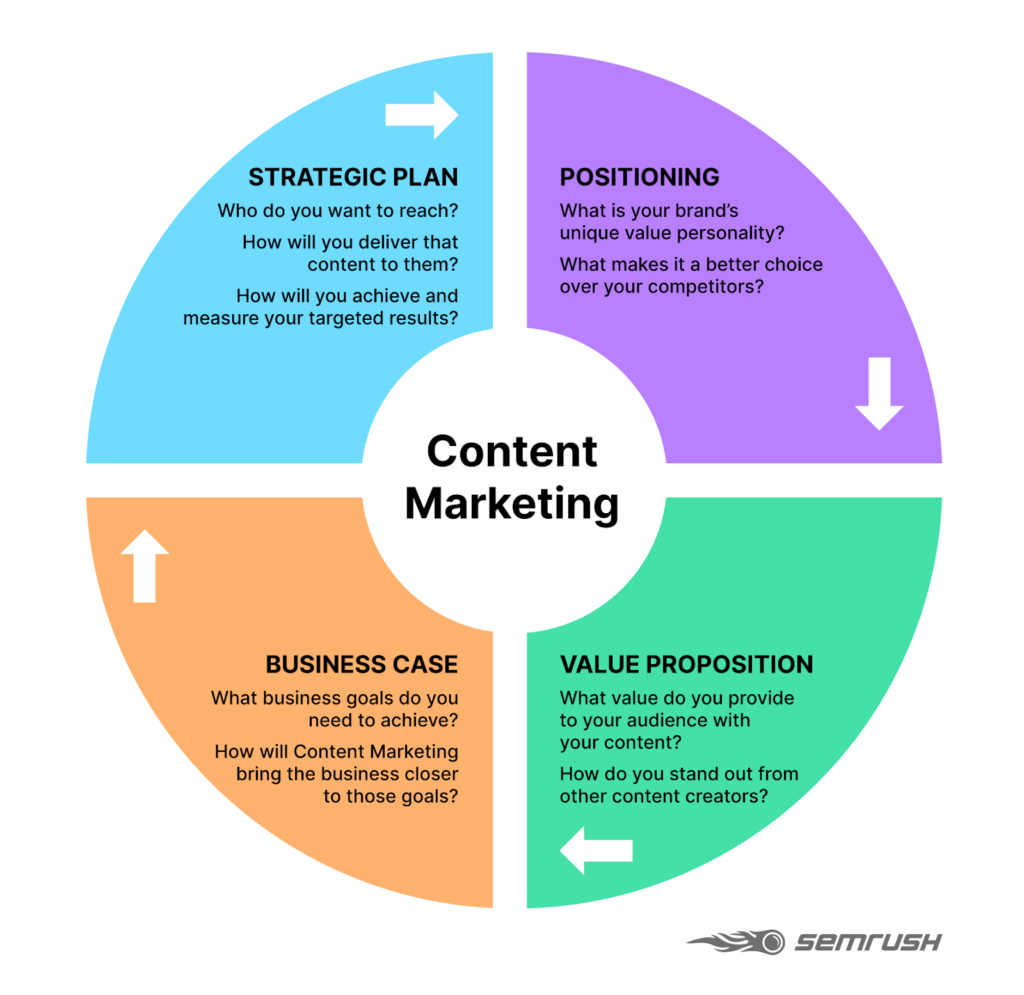
Alt text: Content marketing
Remember, content marketing isn’t limited to blog posts. It comprises online courses, podcasts, and many other mediums that people use for information.
If you are using a content marketing strategy for your business, you need to have the time and capital to start with it. Make sure you do your research. Many businesses use mediocre content that doesn’t pay off.
7. Use email marketing to nurture your leads
Simply because you have transformed the site traffic to leads does not mean the leads are ready to buy. You have to make sure that you are at the top of their minds and encourage them to buy from you.
Email marketing is an essential aspect of your advertisement ideas. A study by Hubspot has shown that 73% of millennials prefer business communications to come through email. It is a safe and free strategy that effectively helps communicate with your customers. In fact, through this, you can reach out to both your old and new customers.
Suppose you have an email marketing plan; experiment by sending newsletters via email. Of course, having a newly set up small business means you don’t have enough time to work on the digital marketing campaign. So, use marketing automation to make the process simpler.
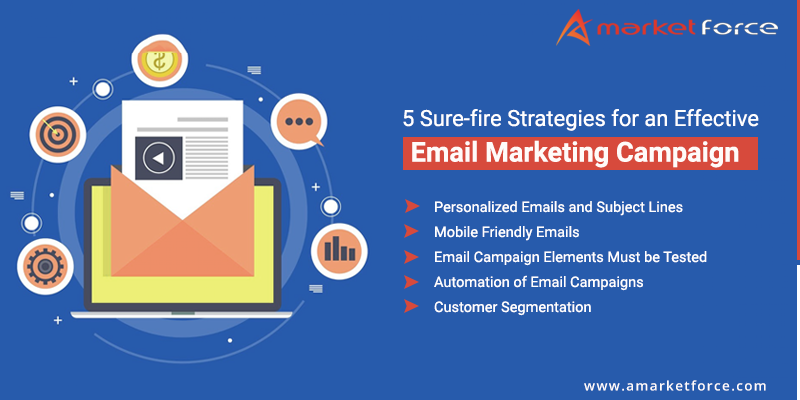
However, if you are using emails to reach out to your customers, make sure that you optimize them. Great content doesn’t guarantee that your target customers will open the email. Nevertheless, there are tricks to work on audience engagement, conversions, and open rates.
Here is the list of things that you need to take care of:
- Sender address: Check if your emails come from an identifiable sender name. It is better if you use the business address.
- Subject Line: Next, you have to tell your readers what they can expect from the content. The subject line will determine if the email is worth checking out. In case the subject line is not compelling enough, head back to the board.
- Design: Make sure your email content has been optimized for mobile. It should be easy to read and appealing.
- Call to action: This is a critical aspect of all forms of marketing. Your recipients should know what you would like them to do. Make it easier for them to do it.
8. Pay attention to reviews and encourage happy customers
Your customers have a lot of power when it comes to online reviews. So, they are more important than you know. Sure, it might be overwhelming to go through all the reviews, but reviews serve as a crucial source of referrals.
Referrals are the best-kept secret of a business. However, if you don’t yet monitor the reviews, it is time to start with it. There are various platforms, such as Google, Facebook, and Yelp, where customers perform their research before committing to a business product.
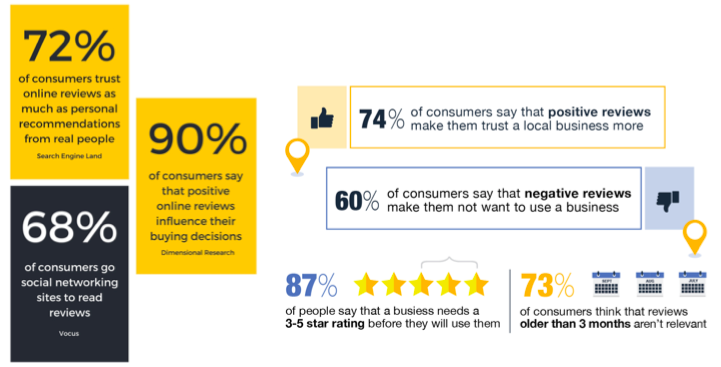
In case you come across a negative review, don’t panic. Speak to your unhappy customer offline to solve the problem rather than talking to them in the public arena. Keep in mind it is not possible to please everyone. Hence, you need to emphasize building loyalty. In case you are doing well, the negative feedback will be a blip on the positive reviews.
Ultimately, you need to ensure that you aren’t just monitoring the online reviews but asking for feedback, too. If a happy customer talks about how well a business is doing on a review site or social media platform, the service or product will look like a good investment.
Word of mouth on social media can play a significant role in your purchasing decision. When prospective customers find other customers raving about your business on a social media platform or find a photo of the product posted by someone, they are more likely to go for it.
If customers say that they love the products you offer, you should encourage them to share their experiences on the review sites. If you have a physical store, you might want to place sign-ups with the account handles to ensure your customers know who they have to tag when posting an image of your product.
9. Take the help of webinars
A webinar is a seminar taking place online. Often, webinars are used as lead magnets for email marketing. If you can organize a webinar on the right topic, you will be able to drive a large number of new subscribers to your list. It can also be used for building credibility with the current subscribers.
You can record webinars and use them as a standalone marketing technique. It can be an excellent technique for recorded or live training. Webinars are more engaging than regular videos, although they are used similarly.
The Q&A session and starting time set it apart from regular videos. As a result, people feel that they receive valuable insights from webinars.
But make sure that the webinar software you are using offers the following functions:
- Screenshare: The presenter should share their screen or opt for video for a live demonstration.
- 2-way audio: When the presenter speaks, the viewers will be muted, but if the presenter wants, they can turn on a specific viewer for everyone to hear what they have to say.
- Polls: If the presenter wants, they can invite the viewers to participate in a poll or offer their feedback.
There are a few niches where webinars can prove to be really useful. You need to test out one to know if it generates the required result.
The Final Word
Now that you know that there is more to advertising than just the traditional methods embrace them. Today, in this digital-forward era, marketing is so much more. To grab your target audience’s eyeballs, you can focus on these 9 best advertising tips.
Just ensure that you know your target audience and what they need from you.
Key Takeaways
- Research to know your target customers and create an effective advertising plan.
- Use social media platforms and email marketing strategy.
- Create an effective SEO-friendly website.
- Pay attention to what your customers have to say about the business.
- Up your content marketing strategy.
FAQs
It depends on your business and your objective. However, if you would like to err on the side of caution, many experts agree that spending 5%-10% of the revenue is a wise range.
You will find many resources and tools online. To develop your advertising strategy, you need to know your target customers and learn about your business objectives. A trial-and-error method will reveal what will work for your business.
The best advertising tips for a small business are through free techniques, such as social media platforms, blogs, email marketing, and Google My Business.
Without the best ad ideas, your business will fail to have a lasting impact. It helps in connecting you to the target customers and letting them know about your business.
If you are only starting, you should pay the overhead before seeing the profit, and it takes some time to refine the marketing strategy. An ROI of 15%-30% is usually considered to be healthy for a small business by a majority of the experts.
Small businesses face advertising problems, such as a lack of resources and a small budget. Also, they fail to execute the advertising strategies consistently.
Latest Blogs
Explore how Google’s 2025 AI search updates triggered ranking chaos. Learn actionable strategies to adapt your SEO for AI Overviews, zero-click searches, and SERP volatility. Stay ahead now.
Learn how to rank on AI search engines like ChatGPT, Perplexity, and Gemini by optimizing your content for authority, structure, and relevance. Stay ahead in AI-driven search with this strategic guide.
Explore the best healthcare SEO services for your medical practice. Improve online visibility and effectively reach more patients in need of your services.
Get your hands on the latest news!
Similar Posts

Advertising
4 mins read
5 Square Yards Ads That Caused Traffic Jams

Advertising
8 mins read
How the Nirma Ad Has Evolved Over the Years

Advertising
6 mins read